
Privacy statement: Your privacy is very important to Us. Our company promises not to disclose your personal information to any external company with out your explicit permission.
1 Coffee
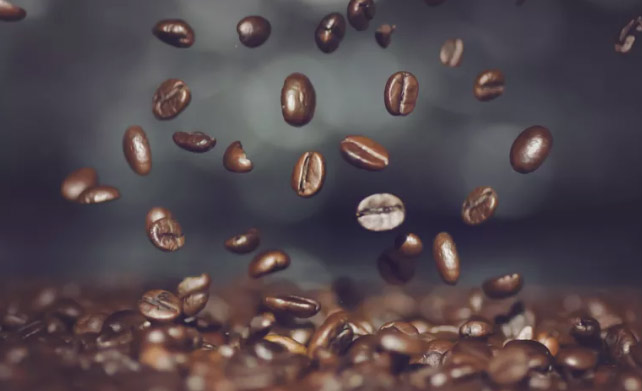
Whether or not you try to limit yourself to one cup of coffee a day, the effects of climate change on the world's coffee-growing regions may leave you little choice.
Coffee plantations in South America, Africa, Asia, and Hawaii are all being threatened by rising air temperatures and erratic rainfall patterns, which invite disease and invasive species to infest the coffee plant and ripening beans. The result? Significant cuts in coffee yield (and less coffee in your cup).
Organizations like Australia's Climate Institute estimate that, if current climate patterns continue, half of the areas presently suitable for coffee production won't be by the year 2050.
2 Chocolate
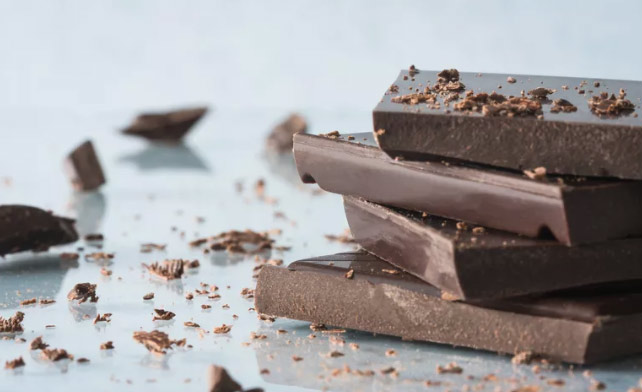
Coffee's culinary cousin, cacao (aka chocolate), is also suffering stress from global warming's rising temperatures. But for chocolate, it isn't the warmer climate alone that's the problem. Cacao trees actually prefer warmer climates... as long as that warmth is paired with high humidity and abundant rain (i.e., a rainforest climate). According to the 2014 report from the Intergovernmental Panel on Climate Change (IPCC), the problem is, the higher temperatures projected for the world's leading chocolate-producing countries (Cote d'Ivoire, Ghana, Indonesia) are not expected to be accompanied by an increase in rainfall. So as higher temperatures sap more moisture from soil and plants through evaporation, it's unlikely that rainfall will increase enough to offset this moisture loss.
In this same report, the IPCC predicts that these effects could reduce cocoa production, which means 1 million less tons of bars, truffles, and powder per year by 2020.
3 Tea
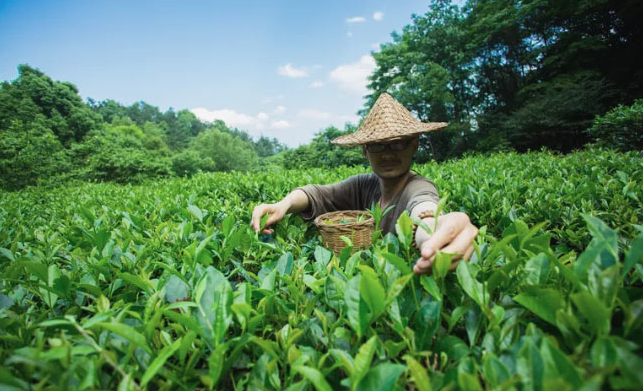
When it comes to tea (the world's 2nd favorite beverage next to water), warmer climates and erratic precipitation aren't only shrinking the world's tea-growing regions, they're also messing with its distinct flavor.
For example, in India, researchers have already discovered that the Indian Monsoon has brought more intense rainfall, which waterlogs plants and dilutes tea flavor.
Recent research coming out of the University of Southampton suggests that tea-producing areas in some places, notably East Africa, could decline by as much as 55 percent by 2050 as precipitation and temperatures change.
Tea pickers are also feeling the impacts of climate change. During harvest season, increased air temperatures are creating an increased risk of heatstroke for field workers.
4 Honey
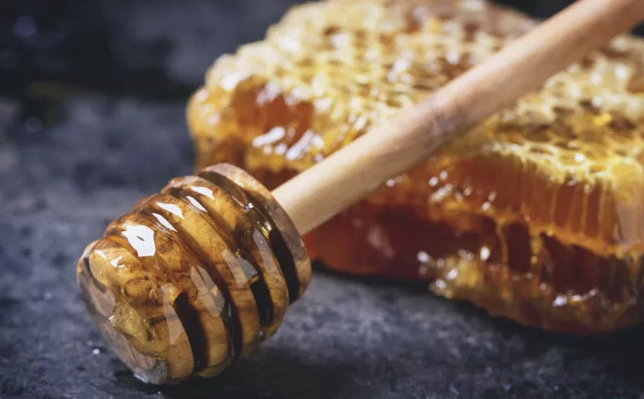
More than one-third of America's honeybees have been lost to Colony Collapse Disorder, but climate change is having its own effects on bee behavior. According to a 2016 US Department of Agriculture study, rising carbon dioxide levels are decreasing the protein levels in pollen - a bee's main food source. As a result, bees aren't getting enough nutrition, which in turn can lead to less reproduction and even eventual die-off. As USDA plant physiologist Lewis Ziska puts it, "Pollen is becoming junk food for bees."
But that's not the only way climate is messing with bees. Warmer temperatures and earlier snow melt can trigger earlier spring flowering of plants and trees; so early, in fact, that bees may still be in the larva stage and not yet mature enough to pollinate them.
The fewer worker bees to pollinate, the less honey they're able to make. And that means fewer crops too, since our fruits and vegetables exist thanks to the tireless flight and pollination by our native bees.
5 Seafood
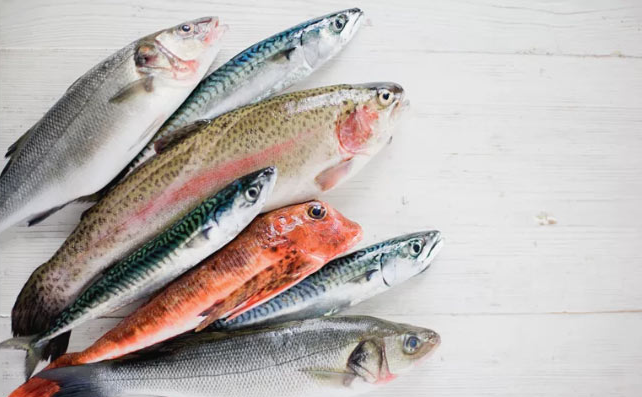
Climate change is affecting the world's aquaculture as much as its agriculture.
As air temperatures rise, oceans and waterways absorb some of the heat and undergo warming of their own. The result is a decline in fish population, including in lobsters (who are cold-blooded creatures), and salmon (whose eggs find it hard to survive in higher water temps). Warmer waters also encourage toxic marine bacteria, like Vibrio, to grow and cause illness in humans whenever ingested with raw seafood, like oysters or sashimi.
And that satisfying "crack" you get when eating crab and lobster? It could be silenced as shellfish struggle to build their calcium carbonate shells, a result of ocean acidification (absorb carbon dioxide from the air).
Even worse is the possibility of no longer eating seafood at all, which according to a 2006 Dalhousie University study, is a possibility. In this study, scientists predicted that if over-fishing and rising temperature trends continued at their present rate, the world's seafood stocks would run out by the year 2050.
What's more, if you have any interested in EVA Boat Decking Sheet or EVA SUP Pad & EVA Traction Pad, please feel free to contact us.
Melors Team
2018.08.07
E-mail:admin@melorsfoam.com
Skype:helen.oscar
WhatsApp:+86-13699812532
Tel:+86-752-3553578

Privacy statement: Your privacy is very important to Us. Our company promises not to disclose your personal information to any external company with out your explicit permission.

Fill in more information so that we can get in touch with you faster
Privacy statement: Your privacy is very important to Us. Our company promises not to disclose your personal information to any external company with out your explicit permission.